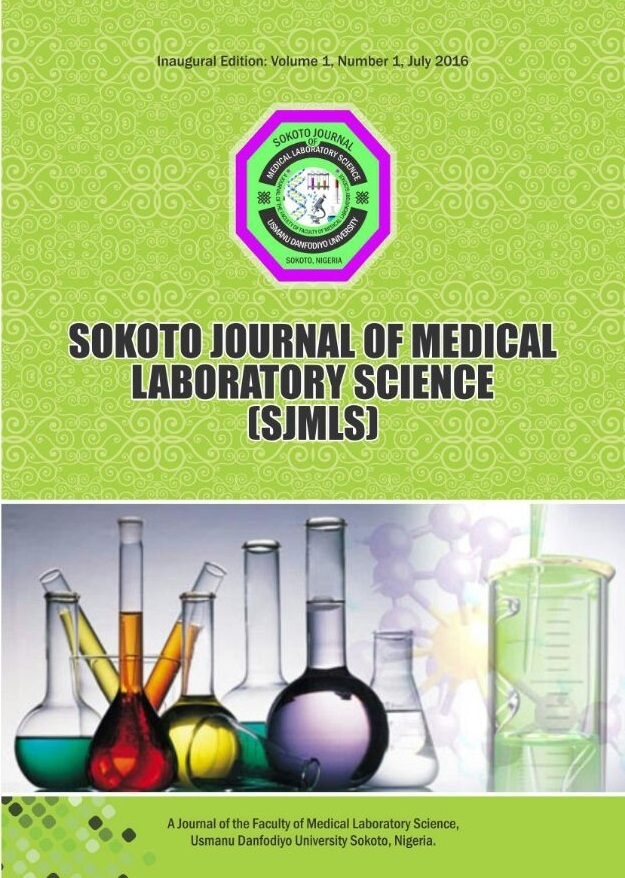Selective immune-boosting activity of Buchholzia coriaceae seed extract on leucopenic Wistar rats
Keywords:
Leucocytes, immunity, inflammation, herbal extract, leucopenia.Abstract
Buchholzia coriacea has been acclaimed to have certain medicinal properties locally. The claims have not been backed sufficiently with empirical data. This aim of this study to assess the effects of Buchholzia coriaceae on certain haematological parameters of leukopenic rats, in particular the cellular component of the rats’ immune system. We induced leucopenia in experimental Wistar rats by injecting the animals with the drug, cyclophosphamide. The rats induced for leucopenia were divided into two groups; one group was administered the extract of B. coriaceae while the other group received no treatment. The third group of rats serving as control was neither induced for leucopenia nor administered with seed extract. We performed total and differential white blood cell counts of the rats at basal level as well as in the post-induction and post-treatment period, in order to determine if any of the diet supplements administered has any effect on these parameters. The group of rats induced with cyclophosphamide without treatment, displayed a significantly reduced mean total white blood cell count (TWBC) (8.93 ± 2.14cell/µl) than those treated (16.44 ± 0.54 cell/µl) (t=3.41, p<0.05*). There was no statistically significant difference in the mean TWBC values of rats treated with the ethanolic seed extract (8.96 ± 2.04 cell/µl) and the untreated (8.93 ± 2.14 cell/µl) (t=0.009, p>0.05). Also, there was no statistically significant differences in the mean percentage neutrophil count in rats treated with ethanolic extract of Buchholzia coriaceae (31.33 ± 3.94%) as compared to the untreated rats (22.33 ± 3.35%) (t=1.74, p>0.05). The effect of the ethanolic extract of Buchholzia coriaceae was studied on the lymphocyte count of rats, there was reduction in the mean percentage lymphocyte count of rats treated with ethanolic extract of Buchholzia coriaceae (64.00 ± 4.75%) compared to the untreated ones (73.67 ± 2.32%) and the difference however was not statistically significant (t=1.74, p>0.05). However, in absolute terms, the difference between the treated and the untreated in both the neutrophil and lymphocyte counts was significant (p<0.05).




